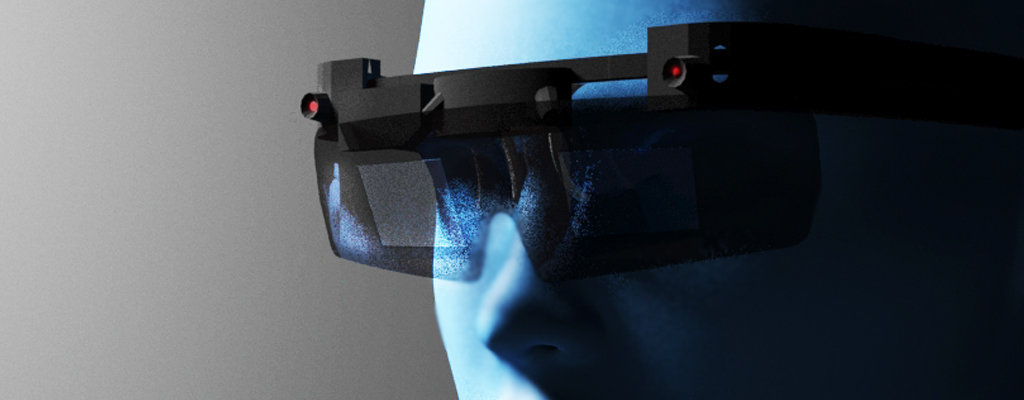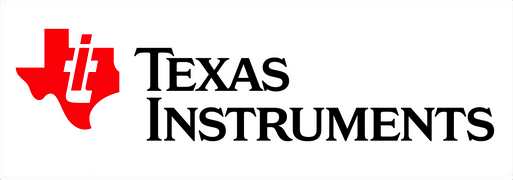Near-Eye Display Basics:
The basic configuration of a near-eye display consists of three main components – an image generator, an optical combiner, and imaging optics.
• Image Generators: The image generator can be a light-emitting display, such as an array of organic light-emitting diodes (OLEDs) or a light-modulating device illuminated by one or more light sources. Commonly occurring devices for modulating the light include liquid crystal displays (LCDs), liquid-crystal on silicon (LCOS), and DLP-based systems consisting of the digital micromirror device (DMD) and a DLP driver. The capabilities of the image generator play a significant role in the attainable contrast, resolution, and color palette of the image.
• Optical Combiners: Optical combiners play different roles in immersive and augmented reality displays. In an immersive display, the combiner is often used as a power splitter which distributes light from the image generator to the imaging optics in front of one or both eyes. This can consist of either a simple cube-shaped beam splitter that equally distributes image light to each eye or a more complex combination of reflective, diffractive, and holographic components designed to minimize distortion and other aberrations and increase the field of view (range of viewing angles) of the display system. For an augmented reality display, the optical combiner works to combine light from the external world and from the image generator into a single presentation of visual data to the imaging optics and eyes. Many of the same optical components used for immersive displays are also used for augmented reality displays, but are configured differently to admit external light into the display. For example, a free-form prism utilizes total-internal reflection (TIR) to reflect light from the image generator toward the eye while minimizing light passage from outside. Adding a second free-form optic to the front of the prism allows it to pass external light to the viewer and thus changes the function from immersive to augmented reality.
• Imaging Optics: There are two design approaches for the imaging optics – pupil forming and non-pupil forming. Pupil-forming optical systems produce an intermediate image at some point between the image generator and the eye. The intermediate image can be processed and modified by additional light-modulating devices to enhance the functionality of the display, such as increasing or otherwise modifying the effective size of the image or increasing the range of eye movement for which the image can still be observed. Non-pupil-forming optical systems do not create an intermediate image and provide collimated light to the eye to create an image at infinity and hence relaxed-eye viewing conditions. While non-pupil-forming systems do not lend themselves to elegant design solutions, they usually require fewer optical components, which can save on weight, size and cost. Coma and spherical aberrations are more challenging to correct in non-pupil-forming systems. In either approach, careful optical system design is required to accommodate eye motion and maintain good image quality.
Some key parameters in the operation of the imaging optics are:
• Eye clearance –distance between the edge of the last optic and the exit pupil, typically 20 mm.
• Eye relief – distance between the vertex of the last optic and the exit pupil.
• Eyebox – often equivalent to the exit pupil; consists of the range of eye positions, at the eye relief distance, from which the entire image produced by the display is visible. This includes both angular and lateral movement of the eye.
• Depth of field – the system must allow clear viewing of both the image presented by the display and the real objects (in an augmented reality display).
• Field of view (FOV) – range of viewing angles available from the system; typically increasing the FOV decreases the eyebox size and the resolution.
The required values for this set of parameters vary depending on the requirements of the application.


